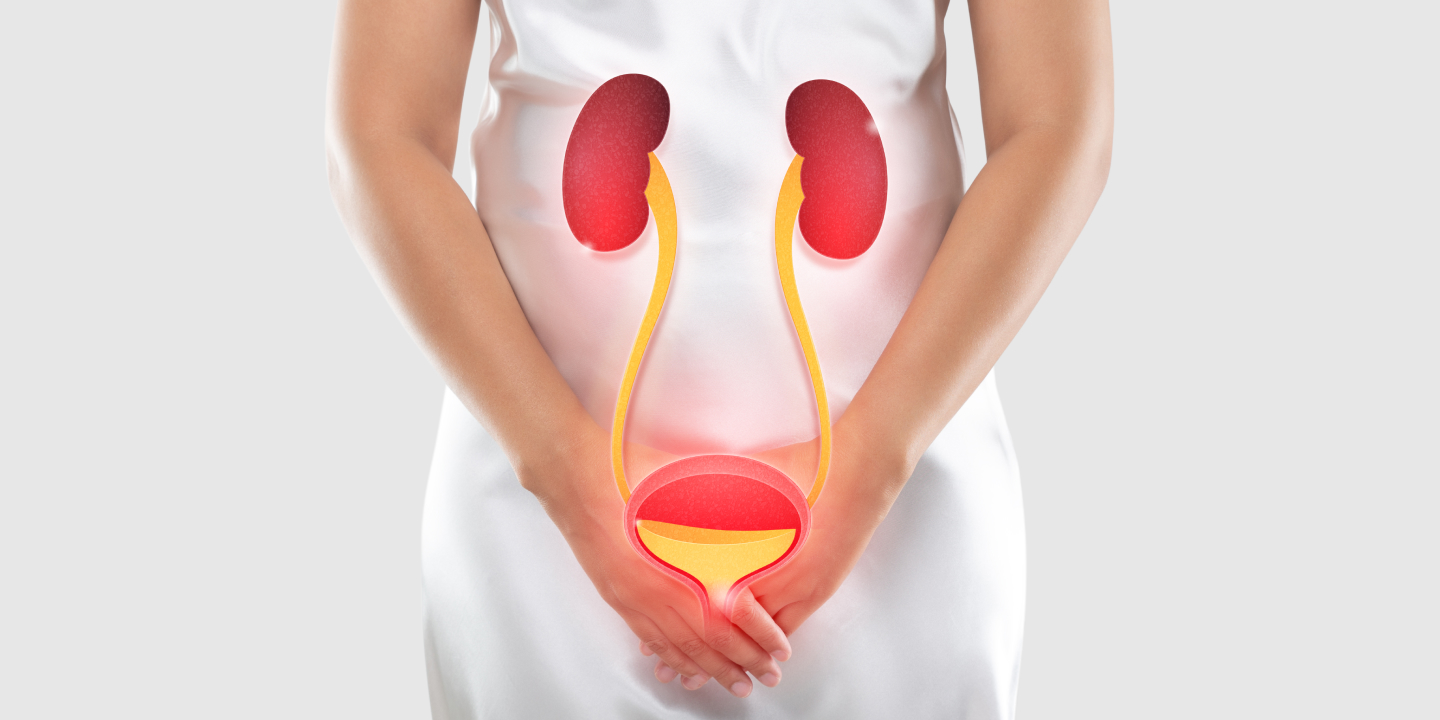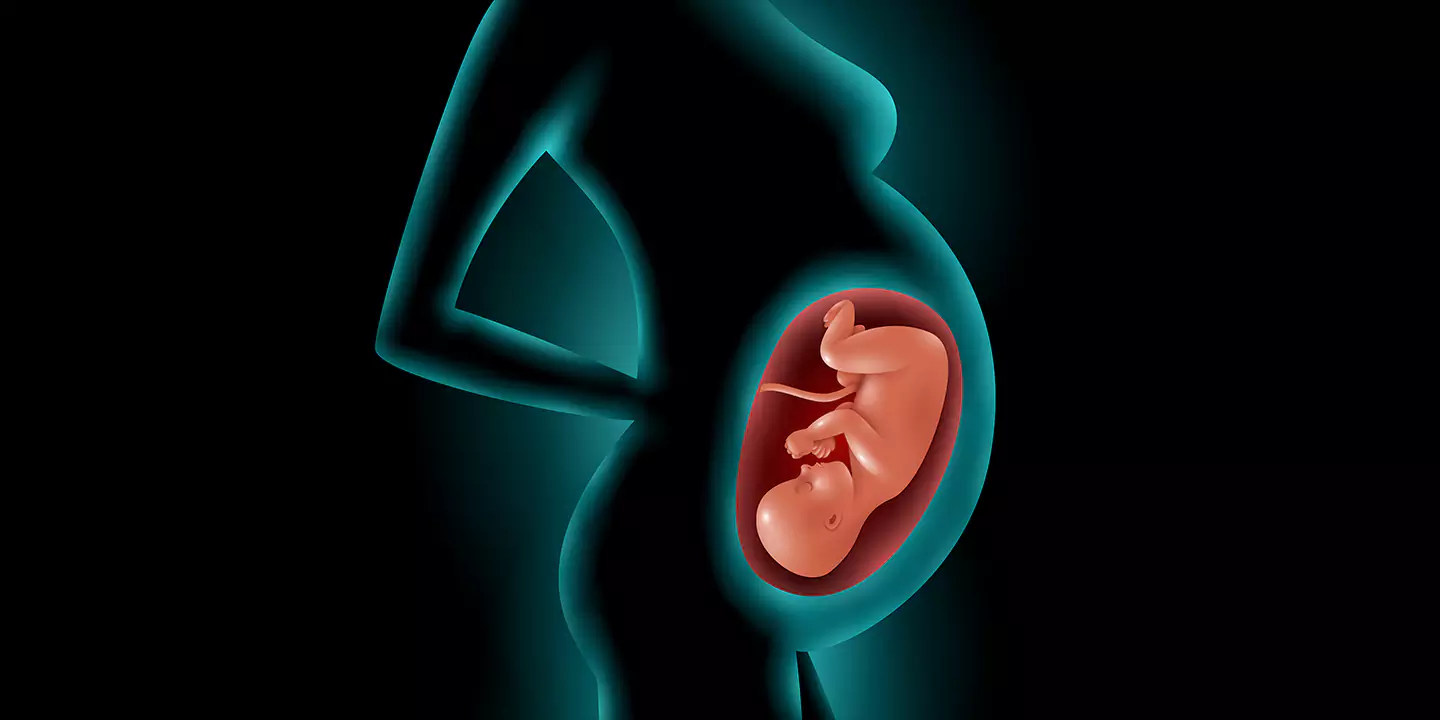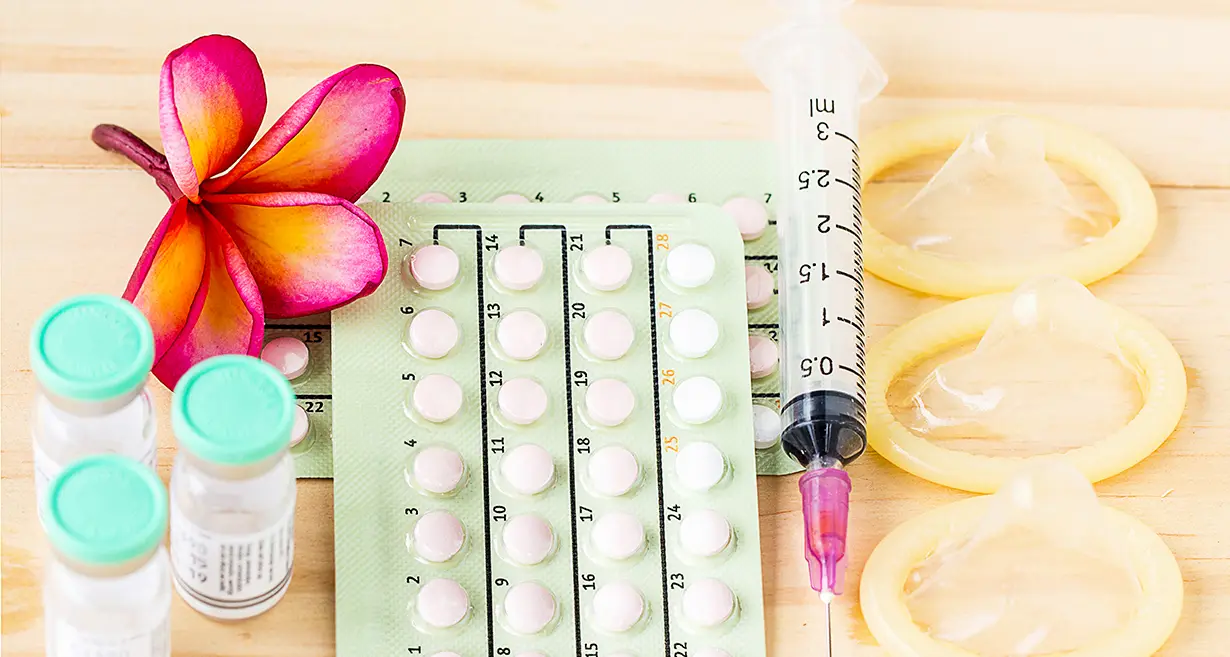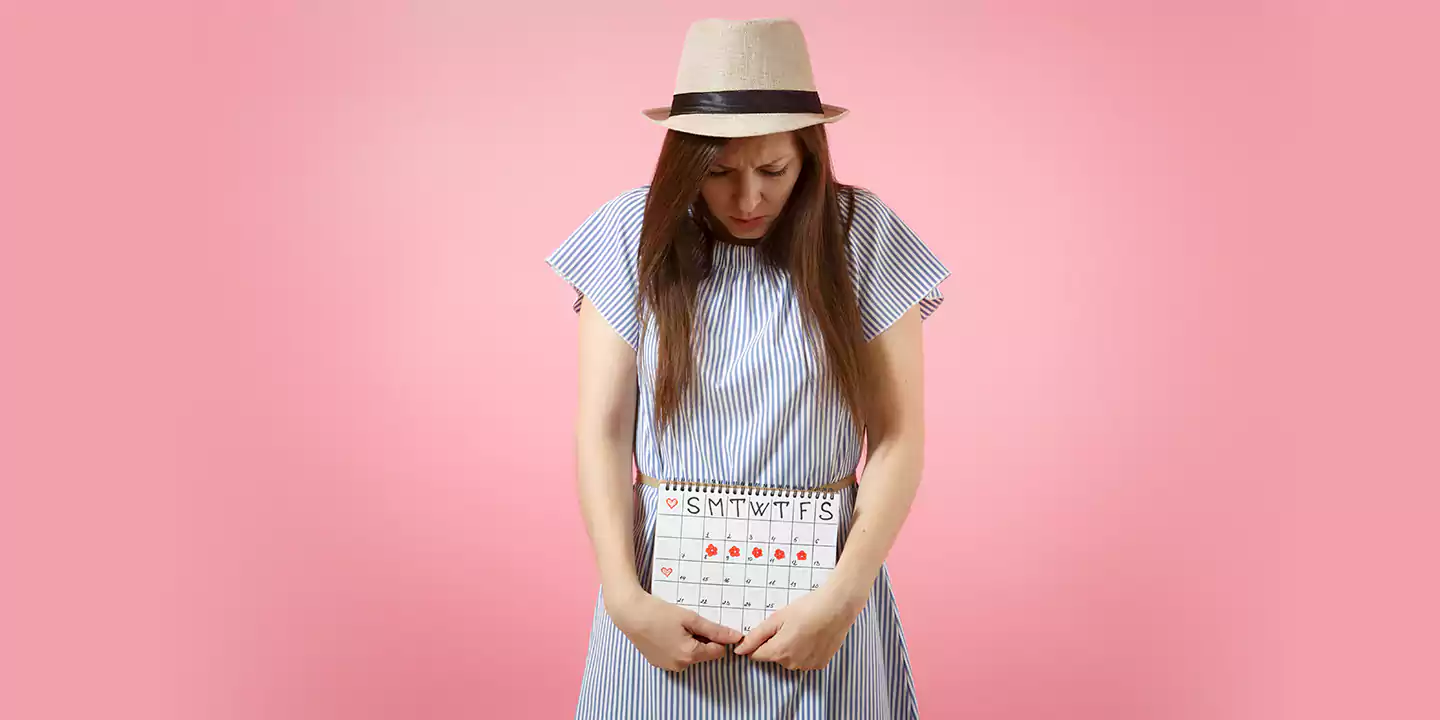
At 37 weeks of pregnancy, you are just a few weeks away from giving birth. Your body has undergone many changes, developments, and shifts to reach this period, and you’re expected to feel anxious about what’s in store in the future.
Did you know that your baby is inside you, getting a hang of some of the most unique skills, including sucking their thumb, grasping things, etc? In short, they are preparing themselves for being out in the world, an experience that’s unlike anything else.
This article will explore everything you need to know about being 37 weeks pregnant and the symptoms and baby development.
Related Blog: 36 Weeks Pregnant: Symptoms, Tips, and Baby Development
In this Article
37 Weeks Pregnant: How Many Months Is That?
If you are wondering, “37 weeks is how many months” into your pregnancy journey, it is nine months. You are almost at the finish line, with a few weeks before you can hold your baby in your arms.
Common Symptoms at 37 Weeks Pregnant
Preparing for the symptoms at 37 weeks of your pregnancy journey won’t be much different than when you were 36 weeks pregnant.
That said, there are a few vital symptoms that you need to be on the lookout for:
Braxton Hicks contraction
This is a quintessential symptom that will happen the closer you are to your delivery date. The practice contractions, as many commonly term them, are contractions that prepare you for your upcoming delivery.
Swelling
Swollen feet, ankles, and hands are standard during pregnancy. Unless the condition contributes to discomfort or other unwarranted symptoms, there’s not much you have to worry about. We recommend elevating your legs or wearing comfortable shoes to keep the swelling in check.
Increased vaginal discharge
One of the most unique symptoms at 37 weeks pregnant that not many talk about is experiencing increased vaginal discharge. It is usually thin and milky and is normal. It helps keep your birth canal lubricated.
Nesting instinct
Some women experience a sudden burst of energy and the urge to nest, which involves cleaning and organizing the home. This is a natural instinct that often occurs in the weeks leading up to labor.
Issues with sleep
Finding a comfortable sleeping position can be challenging since you are almost at the cusp of delivering your baby. Hence, many women struggle to get quality sleep during the 37 weeks of their pregnancy. For optimal comfort, try using pillows to support yourself.
Increased fatigue
Your body is working hard to prepare for labor, which can leave you feeling more tired than usual. Listen to your body and rest when needed.
Related Blog: 35 Week Pregnant: Symptoms, Tips, And Baby Development
Baby Development at 37 Weeks
Your baby is growing quickly and preparing to step into this world and experience new things. Their development inside the womb at 37 weeks is quite fascinating, too.
Here’s what you need to know:
Size and weight
By week 37, your baby’s average weight is around 6.3 pounds, which should measure between 46 and 48 cm. These measurements might vary since every baby’s development is subjective.
Lung development
As the baby is nearing its delivery date, the lungs are almost fully mature and should be producing enough surfactant to keep the air sacs inflated so they can breathe comfortably after their delivery.
Head position
The baby is in the vertex or head-down position, which is ideal for a normal delivery or a vaginal birth. In some cases, the baby might be in a traverse position or breech, which requires a doctor’s assistance.
Fat accumulation
One unique development at 37 weeks is fat accumulation under the baby’s skin, which will help them regulate their temperature and provide energy post-partum.
Immune system development
Your baby is receiving antibodies from you that will help protect them from infections during the early weeks of life.
Related Blog: 8 Surprising Things Unborn Babies Usually Do In The Womb
Helpful Tips for Moms at 37 Weeks Pregnant
Any day now, you’d get to meet and hold your baby. Now that you have a good idea about your baby’s development and 37 weeks pregnant symptoms, let us take a look at a few tips to keep in mind:
- Now is a great time to keep your hospital bag prepared and ready for when the time finally comes. Keep all the essentials within reach and stacked away in the bag.
- If you are anxious, breathing and relaxation exercises are a great way to regulate your breathing.
- You should also pay close attention to your baby’s movements, and if you see a sudden drop in fetal activity, consult your OBGYN.
- Continue with your prenatal appointments and your pelvic floor exercises to prepare your body for the delivery.
- If you are still not set on a birth plan, now is the time to sit down, make the arrangements, and finalize everything.
Conclusion
Being at 37 weeks of pregnancy can be exhilarating and nerve-wracking at the same time. You can plan things ahead of time and keep in touch with specialists like our team at Queen’s Gynecology. We are here to guide you through the last few weeks and help you navigate your emotions as you gear up to become parents soon.
| Week | Pregnancy Symptoms | Tips and Advice | Baby Development |
|---|---|---|---|
| Week 1 | – Missed period | – Take a home pregnancy test | – Fertilization occurs |
| Week 2 | – Tender breasts | – Begin taking prenatal vitamins | – Blastocyst implants in the uterus |
| Week 3 | – Fatigue | – Schedule your first prenatal visit | – Embryonic development begins |
| Week 4 | – Morning sickness starts | – Avoid alcohol, smoking, and caffeine | – Neural tube forms |
| Week 5 | – Increased urination | – Eat a balanced diet | – Heart starts beating |
| Week 6 | – Mood swings | – Stay hydrated | – Brain and head development |
| Week 7 | – Constipation | – Start gentle exercise | – Limb buds form |
| Week 8 | – Food cravings | – Get plenty of rest | – Webbed fingers and toes develop |
| Week 9 | – Weight gain begins | – Avoid raw or undercooked foods | – Tail disappears, now considered a fetus |
| Week 10 | – Visible baby bump | – Wear comfortable clothing | – Organs continue to develop |
| Week 11 | – Darkened areolas | – Practice relaxation techniques | – Baby can swallow and produce urine |
| Week 12 | – Reduced nausea | – Consider prenatal classes | – Sex organs distinguishable |
| Week 13 | – Increased energy | – Continue regular check-ups | – Baby’s fingerprints form |
| Week 14 | – Less frequent urination | – Plan for maternity leave | – Baby’s facial muscles develop |
| Week 15 | – Quickening (baby moves) | – Do pelvic floor exercises | – Baby can make facial expressions |
| Week 16 | – Round ligament pain | – Stay active with low-impact exercises | – Develops sense of hearing |
| Week 17 | – Nasal congestion | – Consider a prenatal massage | – Baby’s skeleton starts hardening |
| Week 18 | – Belly button changes | – Stay well-hydrated | – Vernix caseosa covers the skin |
| Week 19 | – Braxton Hicks contractions | – Eat small, frequent meals | – Baby’s kicks become stronger |
| 20 | – Leg cramps | – Begin monitoring baby’s movements | – Baby is covered in lanugo (fine hair) |
| Week 21 | – Shortness of breath | – Sleep on your side | – Eyebrows and eyelashes appear |
| Week 22 | – Linea nigra (skin darkens) | – Practice relaxation techniques | – Rapid brain development |
| Week 23 | – Backache | – Consider prenatal yoga or swimming | – Baby can recognize your voice |
| Week 24 | – Swollen ankles | – Elevate feet when sitting or lying | – Lungs continue to mature |
| Week 25 | – Increased appetite | – Continue regular prenatal check-ups | – Baby may respond to loud noises |
| Week 26 | – Heartburn | – Sleep with extra pillows for support | – Eyes open for the first time |
| Week 27 | – Braxton Hicks intensify | – Pack your hospital bag | – Baby can hiccup |
| Week 28 | – Trouble sleeping | – Monitor blood pressure | – Baby’s kicks become more regular |
| Week 29 | – Shortness of breath | – Avoid lifting heavy objects | – Baby’s bones fully developed |
| Week 30 | – Swollen hands | – Stay hydrated and avoid salt | – Baby may be head-down in preparation for birth |
| Week 31 | – Increased vaginal discharge | – Take childbirth classes | – Baby’s immune system develops |
| Week 32 | – Hemorrhoids | – Practice perineal massage | – Baby’s toenails and fingernails grow |
| Week 33 | – Trouble finding a comfortable position to sleep | – Rest and nap when possible | – Baby’s bones start to harden further |
| Week 34 | – Frequent urination | – Prepare for maternity leave | – Baby’s central nervous system matures |
| Week 35 | – Braxton Hicks increase | – Avoid prolonged standing or sitting | – Baby’s skin becomes less wrinkled |
| Week 36 | – Pelvic pressure | – Finalize birth plan | – Baby continues to gain weight |
| Week 37 | – Lightening (baby drops) | – Stay active with walking | – Baby’s head positions for birth |
| Week 38 | – Fatigue increases | – Do pelvic exercises | – Baby’s lungs are fully mature |
| Week 39 | – Cervix effacement | – Rest and conserve energy | – Baby’s immune system continues to develop |
| Week 40 | – Contractions begin | – Monitor contractions | – Baby’s digestive system is ready for breast milk |
| Week 41 | – Dilation of cervix | – Stay calm and patient during labor | – Baby’s head molds to fit through the birth canal |

























































































































































































